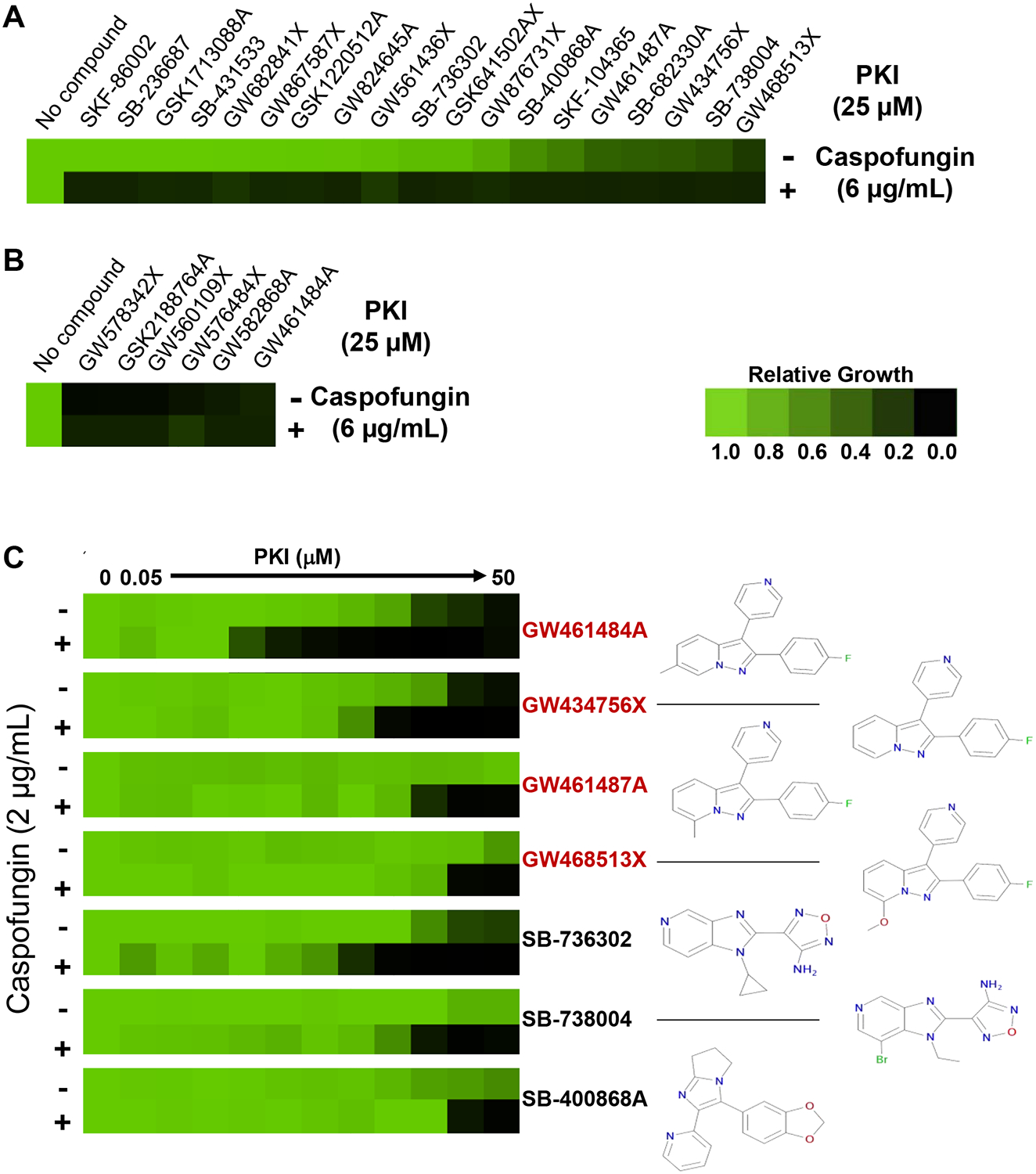Figure 1: Restoration of echinocandin-sensitivity by protein kinase inhibitors.

A, Compound screen. A library of protein kinase inhibitors (PKI, 736 compounds) was screened at 25 μM in RPMI medium in the presence or absence of 6 μg/mL caspofungin against an echinocandin-resistant clinical isolate (FKS1T1922C homozygous mutation). Growth was measured by absorbance (OD600) after 48 hours at 30°C, and normalized to the no compound control for wells with PKI alone, or to the caspofungin-only control for wells containing PKI and caspofungin. A compound was classified as a hit if it inhibited growth by >80% in the presence of caspofungin (6 μg/mL) relative to growth in caspofungin alone. Relative growth inhibition by each hit is displayed in heat-map format. Each colored box represents the mean of duplicate determinations. Color scale for relative growth is provided in lower right, green: no inhibition to black: complete inhibition. B, PKI that reduced growth by >70% in the absence of caspofungin were identified and relative activity depicted as in panel A. C, Concentration-dependent inhibition of growth in the absence or presence of caspofungin (2 μg/mL). Results are presented for the seven hits demonstrating the greatest antifungal activity in combination with caspofungin. Assays were performed as in A. Relative growth inhibition is displayed in heat-map format (left). Chemical structure of compound is presented to right of its heat-map. Four of the top PKI (highlighted in red) are structurally related 2,3-aryl-pyrazolopyridines. (See also Figure S1).
